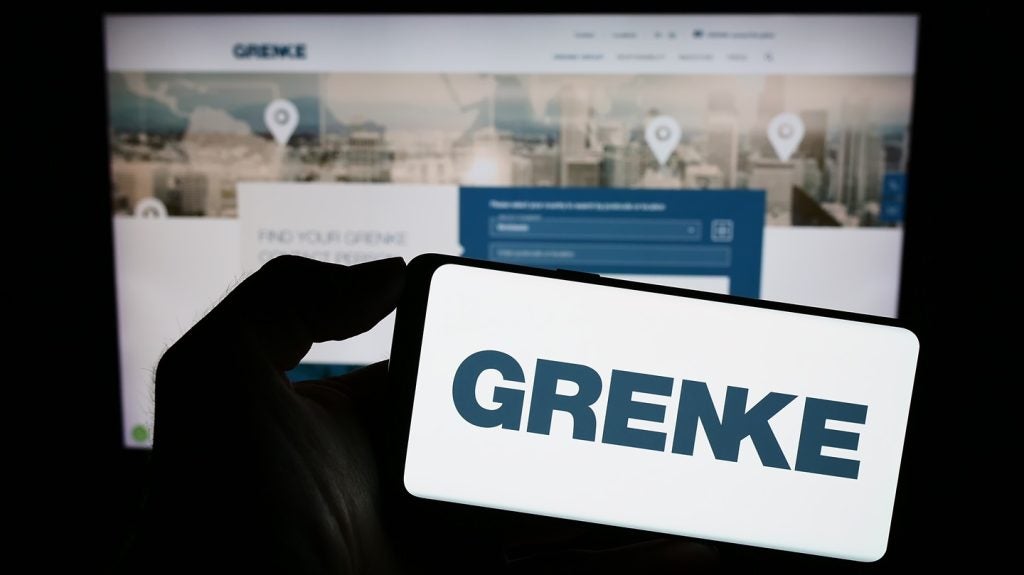Rick Daubenspeck, the national
director at BDO Valuation Advisors, an international firm
specialising in the valuation of fixed assets, talks to Fred
Crawley about the growing demand for third-party review of leased
asset portfolios.
 Leasing Life (LL): In the context of an
Leasing Life (LL): In the context of an
overall deterioration in customer credit quality, how have
considerations of asset value become more important to lessors
looking at new transactions?
Rick Daubenspeck (RD): Lessors are
becoming more focused on the value of the actual asset being leased
as opposed to relying solely on the credit side of the equation.
Even with customer credit risk easing off, they are becoming more
concerned with making sure that the value of a leased asset will
cover financial exposure.
LL: What other
factors have led to a greater interest in valuations?
How well do you really know your competitors?
Access the most comprehensive Company Profiles on the market, powered by GlobalData. Save hours of research. Gain competitive edge.

Thank you!
Your download email will arrive shortly
Not ready to buy yet? Download a free sample
We are confident about the unique quality of our Company Profiles. However, we want you to make the most beneficial decision for your business, so we offer a free sample that you can download by submitting the below form
By GlobalDataRD: The major issue is the attempt by
the Financial Accounting Standards Board (FASB) and the
International Accounting Standards Board (IASB) to redefine how
lessors will be accounting for their leases.
The new standard will replace FAS 13 in the US
and IAS 17 in those countries using international financial
reporting standards, and looks like it could well lead to the
review of billions of dollars in equipment leases.
LL: Are there any
areas in which asset value has become particularly
crucial?
RD: Any time that there are assets
involved that are outside of a lessor’s comfort zone, they are
going to rely more on an outside opinion of value.
This is true in particular for the growing
field of renewable energy. For most lessors, this is an area that
they have never been involved with and do not fully understand – it
can be somewhat intimidating.
It’s still relatively new and, although no
longer considered a “flash in the pan” sector, it is outside the
industry’s common base of knowledge.
As such, lenders are looking outside their
businesses more often for guidance in establishing the economic
useful life and residuals of these assets.
LL: How is
underwriting changing in the renewables sector as the market
matures?
RD: It’s not that underwriting is
necessarily changing – more that it is recognising value not just
in assets but in the avoidance of the increasing cost of
energy.
Currently inflation is running at
approximately 2.5% to 2.75% on average, while the cost of
electricity is increasing in the 4.5% to 5.0% range annually
(figures apply to the US).
Often, the true value of a renewable
energy source is in the savings gained from not having to purchase
electricity from the grid. For non-renewable energy transactions,
the leasing industry as a whole is recognising the importance of
understanding the value of an asset as being critical when entering
a transaction.
LL: What sort of
interest are you seeing most from lessors working with traditional
assets?
RD: Many lessors who have a portfolio
filled with more traditional leased assets (for example, trucks and
trailers, manufacturing equipment, forklifts, and so on) are
starting to recognise the importance of a “new set of eyes” to
review current transactions and determine potential risks.
Often when we do something repeatedly we become
somewhat complacent and removed from alternative viewpoints – all
of us have done this at some point or another.
The downside of this is that we can miss
something new that has occurred or that is going to occur, and
which might impact the value of traditional assets in a way we
might not be able to recognise if we don’t take the opportunity to
approach valuation from a different angle now and then.
Valuations are a third-party opinion based upon
current facts and data that we are able to accumulate and
review.
Sometimes, internal decisions can be insulated
from recent factors affecting a particular industry or equipment
type without underwriters even knowing it.
LL: What advantages
does a lessor gain in working with an external valuation agent
rather than using an internal department?
RD: Although lessors like to save
money and keep staff busy by having them review the same portfolios
that they are setting the residuals on, this is not necessarily the
smartest way to go about it – in a way, it’s almost like having
students grading their own papers.
How independent and forthcoming can
people be if transactions that they set the residuals on are either
at or approaching risk of losing money?
Using an external valuation provider who
doesn’t have any direct risk in whether a deal is ‘underwater’ or
not provides a lessor with the most reasonable way of determining
whether specific transactions or portfolios will make as opposed to
lose money.
The sooner a lessor knows whether or not a
transaction is in danger of losing money, the sooner they can act
and impose actions to try and avoid losing money.
LL: Have you seen an
increase in the number of companies looking at valuation with an
eye to buying and selling portfolios? Do you see an uptick coming
in the M&A market?
RD: Although plenty in the leasing
industry have recently seen a steady increase in new business, they
still recognise there could be value in either selling off or
obtaining an existing portfolio of leases.
When new deals are scarce – and for many they
remain so – lessors will look towards their portfolios as a means
to continue to do business.
In addition, they can also look to get rid of
some deals that they no longer are comfortable with from an
economic standpoint – as such, the business of buying and selling
of portfolios has been rather brisk.
There is no reason why this trend would not
continue, even with the increase in newer business.







